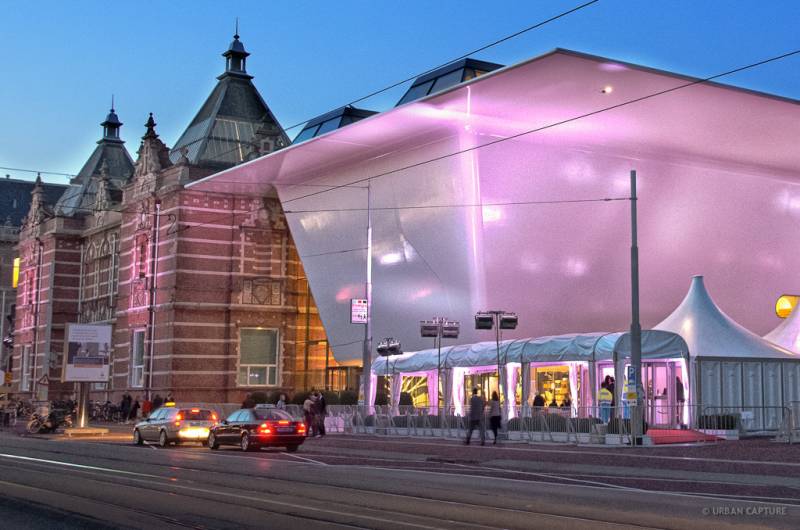Welcome to the Culture Heist blog. It’s time for an open and honest assessment of the problems facing our much-loved cultural institutions. My book Culture Heist, due out in May, began as an account of recent developments at the Art Gallery of New South Wales, but it soon became clear to me that similar issues confront almost all public cultural institutions today. Governments impose spending cuts, managements are pushed to shed knowledgeable staff and chase commercial revenue, and grand building plans turn into bureaucratic nightmares.
Since the book went to press, there have been some relevant developments in the museum sector internationally. In New York Thomas Campbell, director of the privately-endowed Metropolitan Museum, resigned abruptly in late February, leaving behind a crisis that involved ambitious building projects placed on hold, a growing annual deficit, the loss of curatorial expertise and a “rebranding” exercise with a push into contemporary art and a huge investment in digital projects and marketing. It’s a familiar pattern.
In Europe, meanwhile, a saner and more collaborative approach is emerging. In late January an inaugural meeting of the Verbier Art Summit of 100 cultural leaders was held in Switzerland, on the theme “Size Matters”. But it wasn’t about big being necessarily better. One of the summit’s hosts was Beatrix Ruf, director of the Stedelijk Museum in Amsterdam (pictured above). She called for consideration of the concept of “de-growth” – sustainable development, in other words, shifting the focus away from building projects and back to curatorship.
The summit concluded that it is time to “slow down, think more”. It noted that “as institutions have ‘grown’ the intellectual ambitions and abilities of those who fill those institutions have not kept pace,” and that a “palpable degree of ‘gigantomania’ has mirrored the processes of globalisation since the 1990s.” (A summary of the conclusions can be found on the Verbier website)
The sustainable approach is far from being cultural Luddism. It calls for a thoughtful use of technology to assist the huge growth in audiences for art in recent years – growth that is both welcome and challenging.
In culture as in other areas of social and economic activity, there are two sides to globalisation. Corporatisation can turn institutions away from their founding objective of making the highest achievements of art and science available to all. But where the public good prevails, cultural institutions can fulfil that objective more completely. They can offer life-transforming moments to the people from all walks of life who form their potential audiences.
Where we go next in museum culture has profound implications for the health of our society. This blog, like the book, aims to stimulate the widest discussion about how we can ensure that our public institutions truly serve the people. Spread the word, and join the conversation!





